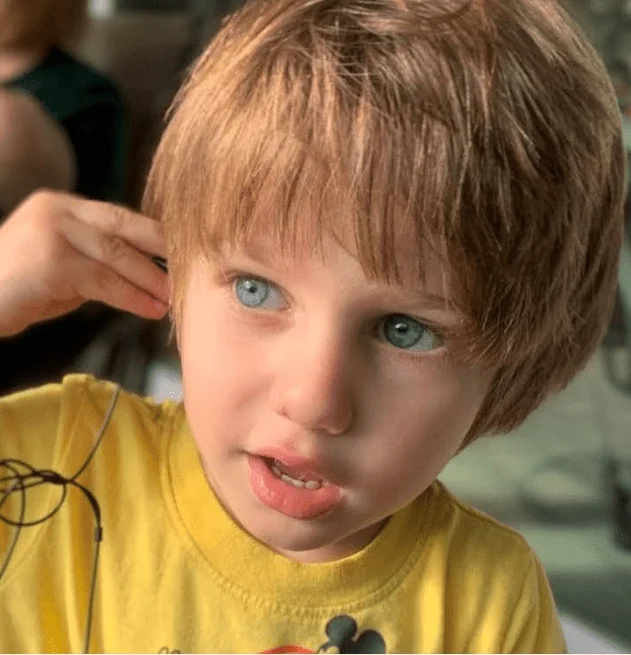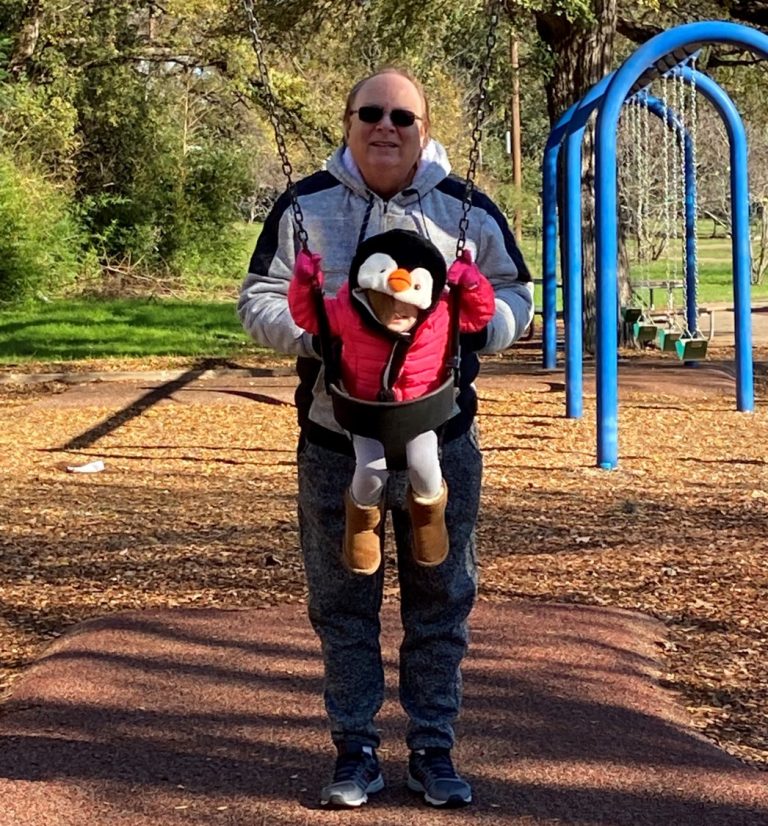Here are some writing practices for kindergarteners as well as preschoolers. These ideas will be fun and interactive for kids, encouraging them to start writing. When there are many preschoolers in the classroom, it is essential to have students who can write independently. Each child will learn how to write in his or her own time. However, these activities can aid the process.
Why is writing Crucial to Development?
Children’s writing allows them to express themselves and their ideas more quickly, right from their first scribbles in their notebooks to their later drawings of letters.
Additionally, the alphabetic system is reversible, so children who use sounds to identify words for writing are increasing their ability to sound out words and read coherently. Win-win!
This is a lifelong skill that your children will use every day. So, it’s essential to understand how to nurture and grow these emergent skills starting at a young age.
Practice the writing games listed below to make your child a pro in no time.
- You can create a scrapbook of your family
A family scrapbook will help you save precious memories and encourage your child to write. You can keep photos and other memories from your family in an inexpensive photo album. This album can contain pictures, ticket stubs, and found objects like pretty leaves.
You can start by giving your child the date and describing what you did and where you were at that time. Together, you can write a detailed summary. You should include any funny or irritating moments.
- Writing on the Sand
This can be done indoors and outdoors, with a sandbox for finishing. Let the children play with the sand by getting it wet. They can use their sticks or fingers to form the alphabet. Food coloring can be used to make colorful Sand. Flour is another alternative to sand.
- Bubble Wrap Writing
What child doesn’t love bubble wrap? After you’ve drawn your children’s names on the bubble wrapping, let them practice fine motor skills. Once they’re done, they can pop their bubbles!
- Prewriting Worksheets
The Kindergarten Connection provides many printable worksheets that can be used for pre-writing. As they practice tracing, the children will develop their grip and ability to use the pencil. Children can continue practicing their fine motor skills by coloring in characters (and sticking to the lines) afterward. Use the worksheets.
- Consequences Turning-Taking Writing Game
All you need for this game is a piece of paper and some writing material. Students alternate writing parts of a story. They then fold the paper in half before turning it over to the next person. Either give them a structure or allow them to create their own.
- Visual Story –
This creative idea can be a fun way to add variety to your writing lessons. In your classroom, display a picture and let students use that as your prompt. Students may be able to help you draft vocabulary or starters. The image can be of any subject; you might ask a different student to locate one for each session.
- Silly Stories
Silly stories are an excellent way to inspire students to think up creative and fun ideas. These stories don’t have to make sense. They can also be as strange as they wish. This is an excellent activity for students that allow them to share stories and then watch the laughter ensue.
- Pride in Writing by Students!
Students will be prouder of their work if you show pride. These displays can be used to display great pieces of work from your students quickly. Then, swap them out for a newer part every few weeks.
- Play-Doh and Drinking Straws
Flatten a large piece of Play-Doh onto a flat surface. Using a sharp object on the flattened area, you can then draw a letter. You should ensure that the letter is big enough to be easily read when it’s filled with straws. Make 1-inch-long pieces of plastic straws. Children can “trace” the letters using colorful straw segments.
- Write From Pictures
Drawing from photos can draw your visual learner into the writing process. There are already many images ready to go. However, you can also use Google Images to search for photos that correspond with current activities, books, or other studies.
You should take exciting pictures with details your child can dig into. This can even be done with the simplest of concepts. One of my son’s favorite pictures was one of a bubble about to burst.
- Cards & Letters
Sometimes students lose sight of the bigger picture when they are assigned homework. Writing letters and postcards is real-life writing with a purpose. You can use this method to get your kids to write during a holiday. It’s also a great way to have some fun. Let them create and mail cards for Father’s Day (and Valentine’s Day), Christmas, and other holidays. This will help students to learn the basic format for writing friendly letters.
- Typing Challenge
This one is a favorite with the students. You have to teach students how to type. This is an excellent way to practice writing and typing. You can project a Google Doc onto a student’s computer and have them write for one second. The following student can add one minute to the original student’s work. Each student works together to write a brief story. They felt like professional writers. You can get a digital composition notebook for free.
Teach Your Child
The good news is that there are many things you could do to teach your kids the prewriting skills they need. You can ensure your children will learn to write naturally once they are ready.
- Encourage children to read and discuss print (road signs, books, etc.).
- Use the correct form of letters when writing and place their names at the top.
- Enhance your fine motor skills.
- Encourage your children, wherever possible, to use many art materials such as paints and pencils.
- Develop your gross motor skills.
- Adjust their pencil grips or use a rubber pen grip
- Play with wood, plastic, and foam letters.
Wrapping It Up
You have 15 fun ways to brighten the writing environment in your home. Any other suggestions? Let me know if you are interested.














